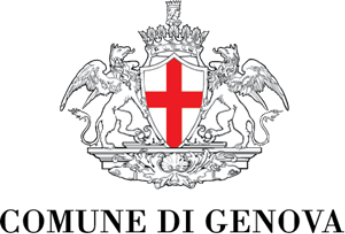Click here to view image
Tanjō no Shaka Butsu, the newborn Śākyamuni historical Buddha
ambito giapponese
Tanjō no Shaka Butsu, the newborn Śākyamuni historical Buddha
- XVII-XVIII
B-0333
Unità di misura: cm; Altezza: 18.7
Bronzo colato su modello in cera, patinato bruno cupo
n April 8 Japan celebrates the "Hana matsuri", the festival of flowers", a ritual ceremony that commemorates the birth of the historical Buddha (Śākyamuni), a ceremony also known as "Kanbutsu-e". In Buddhist temples, a small altar decorated with flowers is set up, inside which is placed a small statuette called "tanjōbutsu" or "tanjō Shaka", which depicts the newborn Buddha. The figure is not made with the features of a child but already portrays an individual with an adult physique characterized by "Buddhist elements" such as ears with long lobes. The statues depict Śākyamuni just after his birth, who points to the sky with his right hand and to the earth/ground with his left, thus defining his dominance over the two levels of the Cosmos. During the celebration, the faithful adorn the altar with flowers and bathe, in turn, the small statue with "amacha", a sweet hydrangea tea; a clear reference to the legendary scented nectar with which the two dragon kings bathed the little Śākyamuni after his birth. This statuette certainly comes from a temple context, where it was commonly used for the Kanbutsu-e ritual; observing it carefully, in fact, it is visible on the surface, a thin layer of patina, the result of the continuous spraying of hydrangea tea with which the rite is carried out; it is provided with the pedestal with which it was placed inside the irrigation bowl, the kanbutsu-ban, and it is no coincidence that the pedestal is decorated in the shape of a lotus flower, a floral symbol par excellence of Buddhism.



